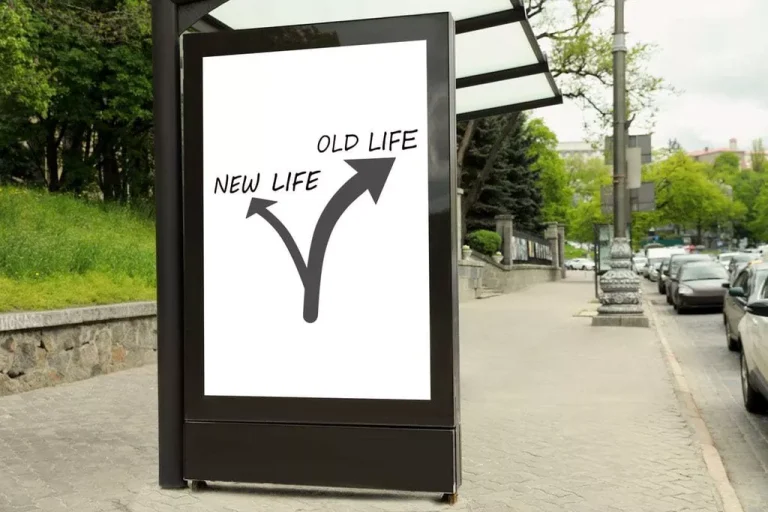
However, these residents may choose not to accept individuals who require medications that they are not equipped to manage. In such cases, they should refer these individuals to facilities that can meet their needs. Each sober living home will have its own policy regarding visitors and guests. Residents are generally required to follow guidelines related to visitation hours, guest registration, and ensuring that visitors do not disrupt the recovery-focused atmosphere of the home. Residents are expected to treat fellow residents, staff, and visitors with respect, kindness, and consideration.
- With the transitional housing stay length varying from person to person, the key to a successful transition lies in ensuring that the individual feels ready and supported to make this change.
- Staying in a halfway house is often linked to the federal or state criminal justice system — typically as a court-ordered step that involves close supervision as well as certain rules and restrictions.
- Rarely do sober living homes mandate a specific minimum length of stay, unless you are there as a requirement of probation or parole.
- It’s best reserved for those that have a high chance of relapse after leaving rehab, allowing for a sober environment as they work their way back into society.
- Oxford Houses are self-run, democratic sober living homes for individuals recovering from alcohol and drug addiction.
- Many sober living homes are not government-funded and are self-supporting or operated by charities or addiction treatment centers.
Sober Living Home vs. Halfway House
Women-only houses tend to focus on providing mental health support for their residents. Substance abuse may have taken years of your life, so sober living homes can help you regain them. Design for Recovery keeps in touch with its graduates long past graduation. what is a sober house As a sober living home, Design for Recovery works with its residents to develop a program of recovery that they can take with them long into the future. The most important aspect of a sober living home is having access to such a tight-knit sober community.
How do regular sober living homes and luxury sober living homes differ in scope?

Level IV recovery homes tend to have a more institutional building framework. Halfway houses traditionally serve individuals recently released from incarceration, acting as a halfway point between prison and their own residence. A stay at a halfway house may be court mandated, but standard SLH residency is entirely up to the individual. You are probably sick of hearing it, but (like everything about recovery) how long you should stay at a sober house depends upon you. On the other hand, it shows how much the addiction community wants to tailor your recovery to your needs.

How do Sober Living Homes Differ from Inpatient Rehab?
- Sober living programs, such as those offered by RECO Institute, play a pivotal role in the recovery journey, providing a structured yet flexible living environment to foster long-term sobriety.
- Oxford House facilities are the best examples of Level I sober living homes.
- In other homes, counselors or case managers visit on a regular basis to provide in-home services.
- SLHs are not a one-size-fits-all solution, but for many, they are an instrumental resource on the road to recovery.
Sober living homes for the LGBTQ+ help them recover by focusing on self-acceptance, peer support, and mental health. Tough days might come, but with our supportive sober community, you’re never alone. Whether transitioning from a rehab center or another sober https://ecosoberhouse.com/ living in Los Angeles, we’re here to help. In Alcoholics Anonymous meetings, newcomers are advised, for instance, to attend 90 meetings in 90 days and begin working the 12 steps, a process that takes several months to complete and is never technically over.
In a sober living house environment, professionals are available to help you navigate major changes in your new life. They can also help you determine what length of stay is the right one for you. Some sober living programs might set a limit at one year, ensuring turnover and availability for others in need.
They provide a supportive environment to practice healthy living skills, build a sober network, and solidify their recovery foundation before transitioning to complete independence. These facilities often provide additional services such as on-site counseling, holistic therapies like yoga and meditation, personal training sessions, and recreational activities. Most sober living facilities do not have a definitive cut-off time for residents, allowing for flexibility based on individual needs. The primary focus is to afford residents enough time to develop robust support systems and effective coping strategies for dealing with triggers in the real world.

Over time, residents form strong bonds with their peers, fostering a sense of community and belonging. These relationships can be pivotal in maintaining long-term sobriety, providing a network of understanding and support even after leaving the house. From those newly sober to individuals who’ve been clean for months but aren’t quite ready to face the world solo, a sober living community is an invaluable resource. You become part of a recovery-focused community to improve your social health.
- Some recovery homes have set curfews and a sign-in/sign-out as part of their house rules.
- As individuals pay rent and expenses, there is generally no time limit on how long they can stay.
- While sober living houses have research touting their efficacy, it is also important to remember that they are still environments where you are living with others and the focus is on staying sober.
- The risk of relapse is particularly high in the first few months following treatment.
What Are Sober Living Houses?

